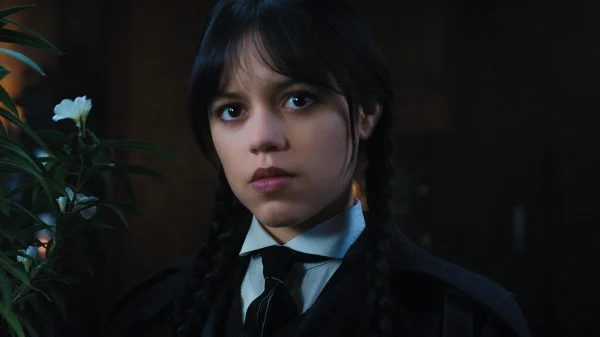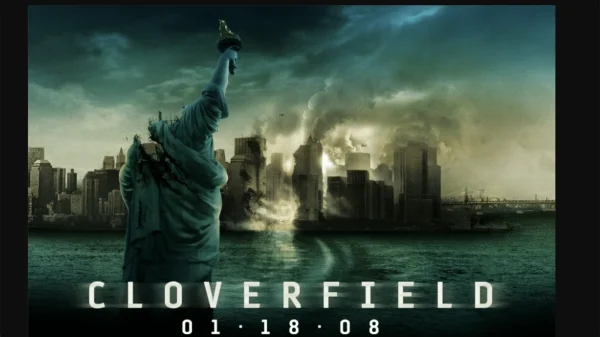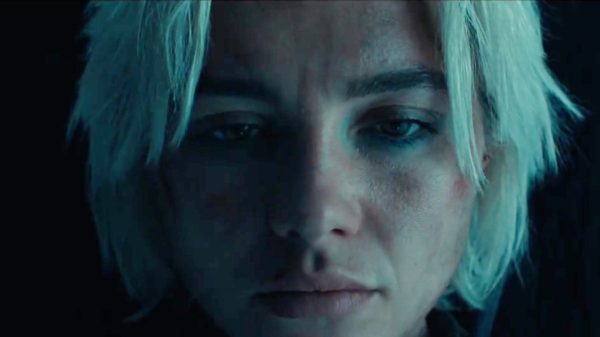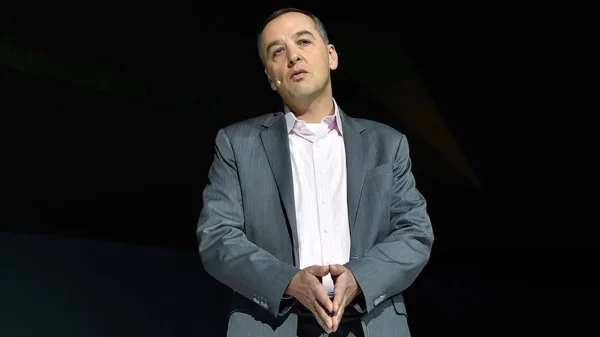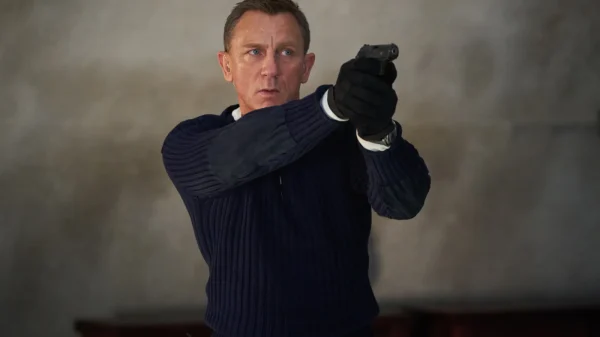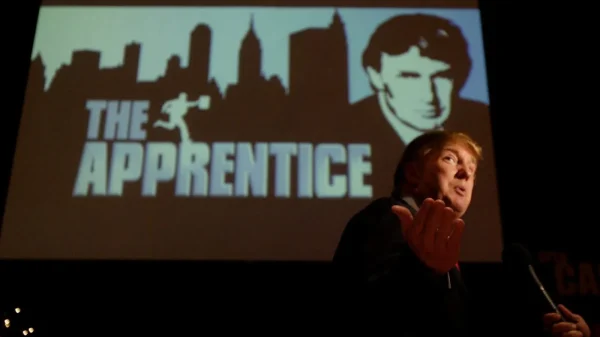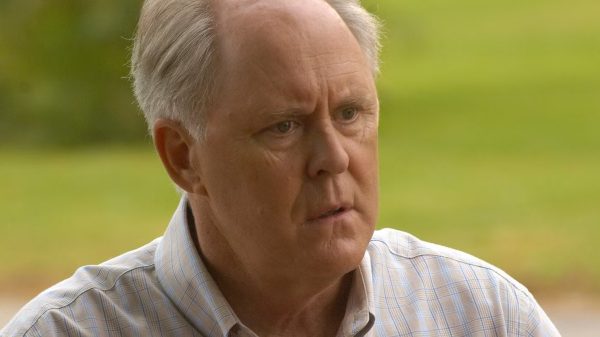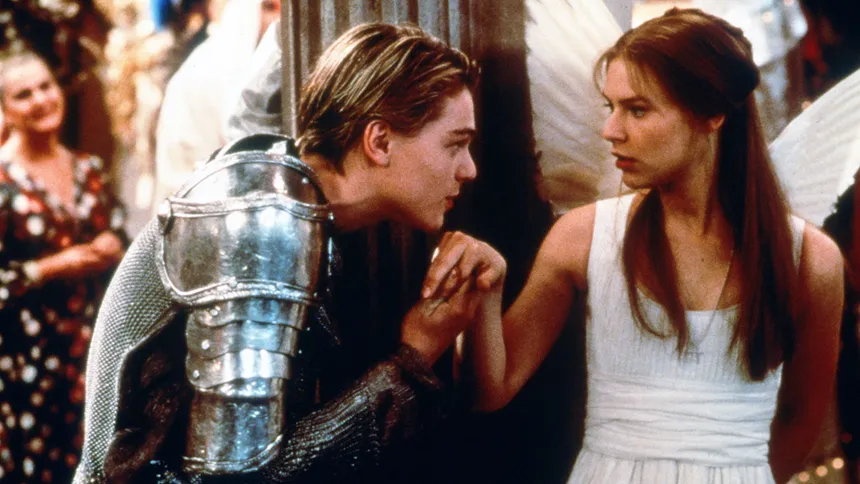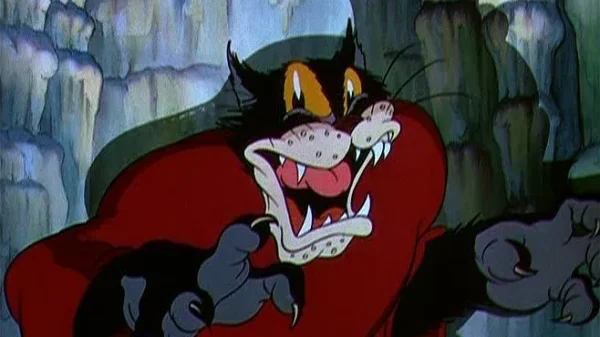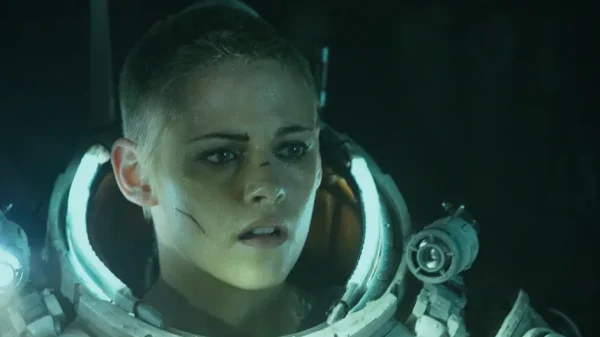Baz Luhrmann’s 1996 adaptation of Romeo and Juliet was a groundbreaking film that reimagined the classic Shakespearean tale in a modern setting. However, the production of the film was marked by numerous challenges, including the kidnapping of hairstylist Aldo Signoretti. In an interview, Luhrmann revealed that Signoretti was taken by kidnappers who demanded a ransom of $300 in exchange for his safe release. Luhrmann described the ransom as an “absolute bargain” and noted that the kidnappers threw Signoretti out of a car, breaking his leg in the process.
Despite the challenges posed by the kidnapping, Luhrmann managed to use the chaos to his advantage. He emphasized the importance of embracing every element of the production, even the setbacks. “The reason the film is like it is, is that we embraced everything in the film,” Luhrmann said. The film’s budget of $15-17 million posed significant challenges, but Luhrmann’s “more is more” approach allowed him to use every element to his advantage.
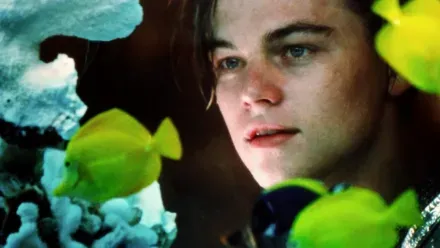
A Still From Romeo + Juliet (Via IMDB)
The production of Romeo + Juliet was marked by numerous technical challenges, including hurricanes that wiped out the set, and a heat wave that shut down filming for a week. However, Luhrmann’s determination to see the project through paid off, and the film went on to gross ten times its budget at the box office. The film’s success was due in part to its innovative approach to the classic Romeo and Juliet tale, which updated the setting to a modern-day suburb. The film’s visuals were praised for their boldness and creativity, and it remains one of the most acclaimed adaptations of the classic tale.
The production of Romeo + Juliet was marked by numerous challenges, but Baz Luhrmann’s determination and creative vision ultimately led to a successful and acclaimed film. Despite the kidnapping of hairstylist Aldo Signoretti, the film’s budget constraints, and environmental disasters, Luhrmann’s “more is more” approach allowed him to use every element to his advantage, resulting in a film that has stood the test of time.

